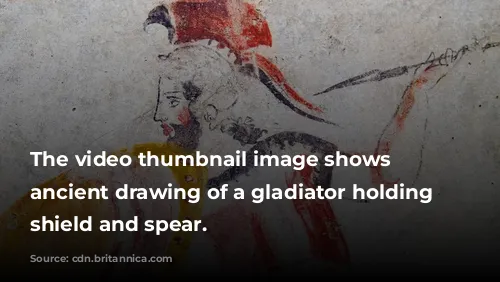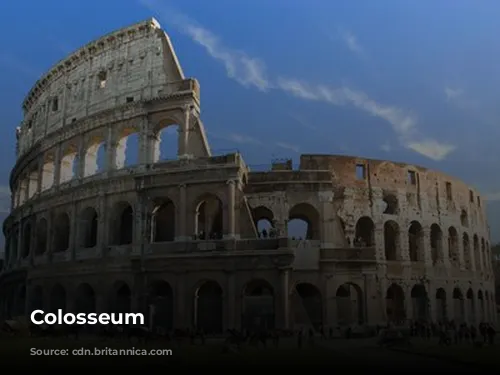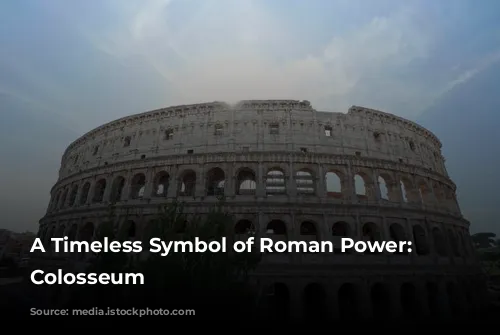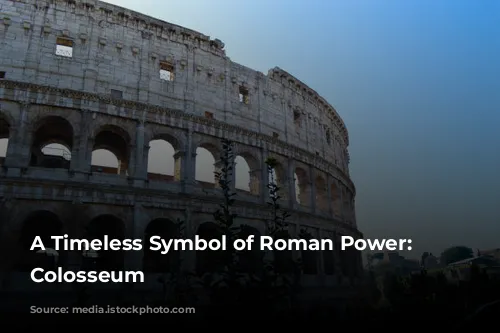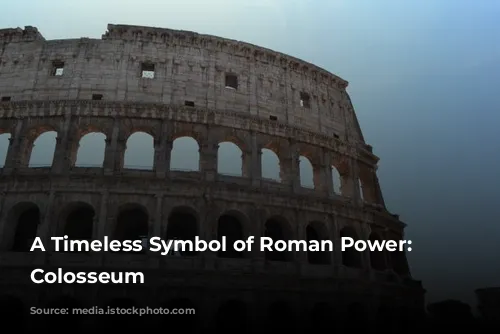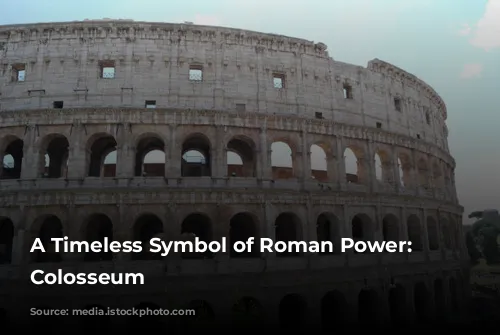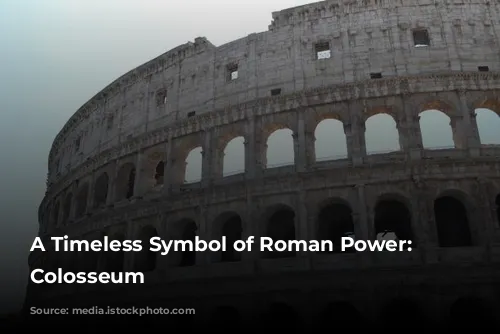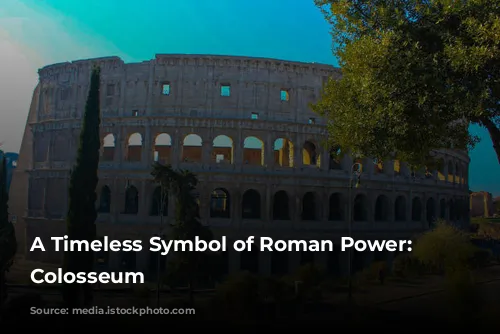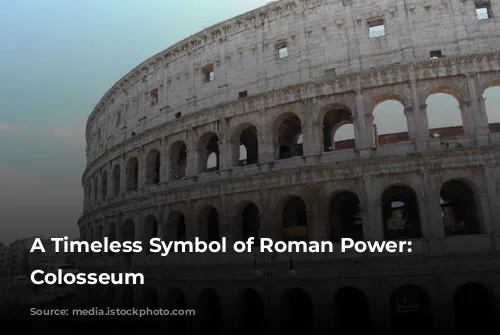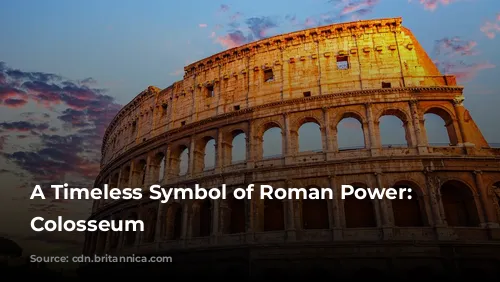The Colosseum, one of the few remaining structures from the Roman Empire, stands tall as a testament to the ancient Romans’ architectural and engineering skills. It’s not only a monument to history but also a vital source of tourism revenue for Italy.
In 2018, the Colosseum, the Roman Forum, and Palatine Hill together brought in a staggering $63.3 million (€53.8 million), making it the most lucrative tourist attraction in Italy. It’s truly incredible how a structure built so long ago continues to draw people from around the world.
A Historic Journey of the Colosseum
The Colosseum has had a long and fascinating history. Sadly, after the fall of the Western Roman Empire, the once-grand amphitheater fell into serious disrepair.
During the 12th century, powerful Roman families, the Frangipane and the Annibaldi, took over the Colosseum, turning it into their fortress. Can you imagine what it must have been like to live within the walls of such a historic site?
Then, in the late 15th century, Pope Alexander VI allowed the Colosseum to be used as a quarry. It’s heartbreaking to think that this remarkable structure was stripped of its materials for centuries. Thankfully, state-funded restoration efforts finally began in the 1990s, and the Colosseum started to regain its lost grandeur.
The Colosseum: A Stage for Spectacle and Games
The Colosseum wasn’t just a symbol of power. It was meant to be a place of entertainment, built by Emperor Vespasian to reinvigorate Rome after the turmoil of the Year of the Four Emperors in 69 CE.
Like other amphitheaters of its time, the Colosseum was meant to be a stage for gladiatorial fights, animal hunts, and even mock naval battles! It’s hard to imagine the sheer scale and excitement of these events.
The Colosseum’s Construction and Design
Construction of the Colosseum began under the Roman emperor Vespasian, between 70 and 72 CE. It was finally dedicated in 80 CE by his son and successor, Titus, with a 100-day celebration filled with games and spectacles.
The Colosseum’s fourth story was added by the emperor Domitian in 82 CE. It’s important to note that the arena was built using the spoils from Titus’s conquest of Jerusalem in 70 CE, and Jewish slaves from Judea were forced to work on its construction.
The Colosseum, also known as the Flavian Amphitheatre, is an impressive elliptical structure made of stone, concrete, and tuff. It stands four stories high, measuring a staggering 620 by 513 feet (189 by 156 meters). This grand structure could hold up to 50,000 spectators, making it the largest amphitheater ever built! The Colosseum was famed for hosting gladiatorial combats, a testament to the brutal yet popular entertainment of ancient Rome.
The Colosseum: A Triumph of Roman Engineering
Located east of Palatine Hill, the Colosseum was built on the site of Nero’s Golden House, replacing the emperor’s private lake with a public amphitheater. This move was not just practical, but also symbolic. Emperor Vespasian, who rose to power from humble beginnings, wanted to replace the tyrannical Nero’s private luxury with a grand public space for all Romans.
Unlike other amphitheaters, the Colosseum is a freestanding structure. Its complex design features barrel and groin vaults and engaged columns in the Doric, Ionic, and Corinthian orders, a design that was later codified during the Renaissance. The main structure is made of travertine, while the secondary walls are volcanic tufa, and the inner bowl and arcade vaults are concrete.
The Colosseum had a massive retractable awning, known as a velarium, to shield spectators from the sun. This ingenious system required hundreds of Roman sailors to manipulate the rigging that extended and retracted the awning.
The Colosseum was the scene of many spectacular events, from gladiatorial combat and animal hunts to mock naval battles. However, there is no conclusive evidence to support the theory that early Christians were martyred in the arena.
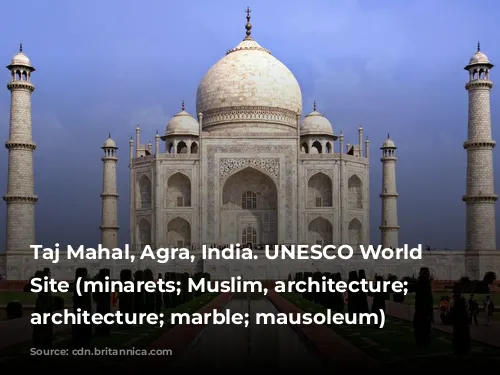
The Colosseum: A Legacy of Change and Preservation
In the Middle Ages, the Colosseum was used as a church and then as a fortress by the Frangipane and Annibaldi families. Sadly, the Colosseum was damaged by natural disasters like earthquakes and lightning strikes, as well as by vandalism and pollution.
The once-beautiful marble seats and decorative materials were stripped away as the site was treated as a quarry for over a thousand years.
Fortunately, preservation efforts began in earnest in the 19th century, led by Pope Pius VIII. A major restoration project was launched in the 1990s, helping to return the Colosseum to its former glory.
Today, the Colosseum is one of Rome’s most famous tourist attractions, welcoming nearly seven million visitors annually. Regularly changing exhibitions explore the culture of ancient Rome, keeping the Colosseum’s legacy alive.
The Colosseum stands as a powerful reminder of the grandeur of ancient Rome and its enduring legacy. It is a testament to the skill and ingenuity of the Roman people and a treasured symbol of their rich history and culture. The Colosseum continues to inspire and amaze visitors from around the world, a reminder of the enduring power of human creation.
